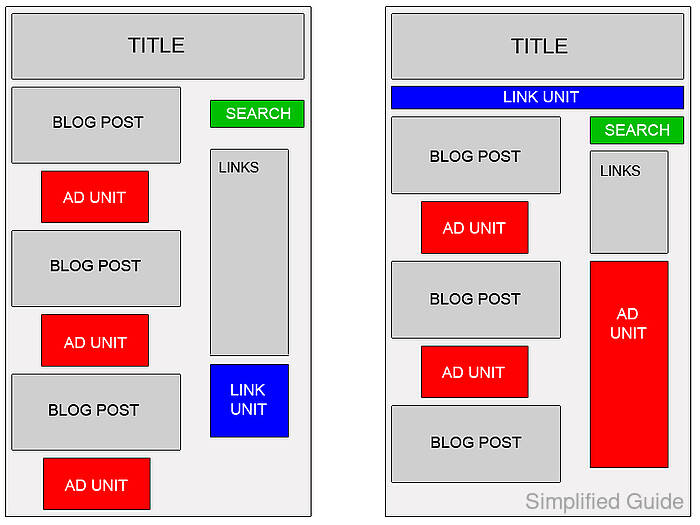Placing Google AdSense ads in the right positions on a blog is essential for generating revenue while keeping readers engaged. The placement of ads can significantly influence how well they perform, affecting metrics like click-through rates (CTR) and overall user experience. Ads should be positioned to complement the content, without disrupting the flow of reading.

The ideal locations for AdSense ad units on a blog will vary depending on the design of the site and the behavior of its visitors. Common placements like within the content or at the end of blog posts tend to see higher engagement because they align with the user’s reading journey. Strategic ad placement should be tested to see what works best, as every blog’s audience interacts differently with the layout.
Finding the most effective ad positions requires a combination of understanding your readers' habits and regularly experimenting with ad locations. By monitoring ad performance data, such as CTR and impressions, you can continuously adjust placements to maximize both user engagement and revenue.
Steps to find the best position for AdSense on a blog:
- Insert ads within the content to engage readers as they scroll through the article.
Ads placed between paragraphs can catch the reader’s attention without disrupting their reading experience.
- Place ads in the sidebar for continuous visibility alongside the blog content.
Sidebar ads, such as the 300×250 (Medium Rectangle), stay visible while users scroll, ensuring steady exposure.
- Add ads at the bottom of each blog post to engage readers who have finished the article.
End-of-post ads can target highly engaged readers, increasing the chances of interaction after they finish reading.
- Use responsive ad units to automatically adjust to different screen sizes for optimal viewing on both desktop and mobile.
Responsive ads ensure your blog maintains a clean layout on all devices, improving the user experience and increasing ad effectiveness.
- Avoid overcrowding the page with too many ads, which could disrupt the user experience.
Too many ads can overwhelm readers, leading to lower engagement with both your content and the ads.
- Test different placements and monitor performance metrics like CTR and impressions regularly.
By analyzing ad performance data, you can identify the most effective ad positions and make informed adjustments.
- Adjust ad positions based on user behavior and site layout for continuous improvement.
Moving ads to higher-traffic areas or trying new positions can help you discover the most effective placements for your blog.

Mohd Shakir Zakaria is a cloud architect with deep roots in software development and open-source advocacy. Certified in AWS, Red Hat, VMware, ITIL, and Linux, he specializes in designing and managing robust cloud and on-premises infrastructures.
Comment anonymously. Login not required.
